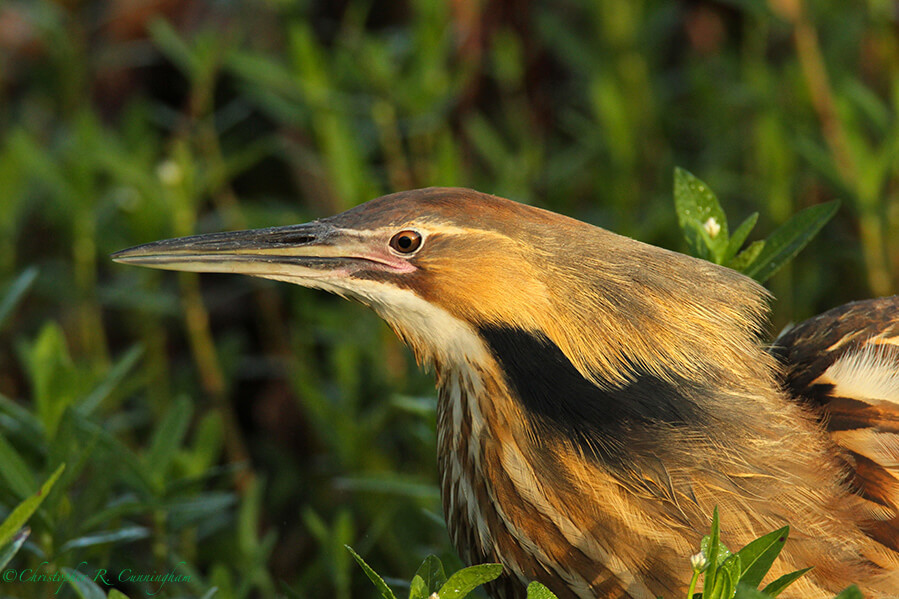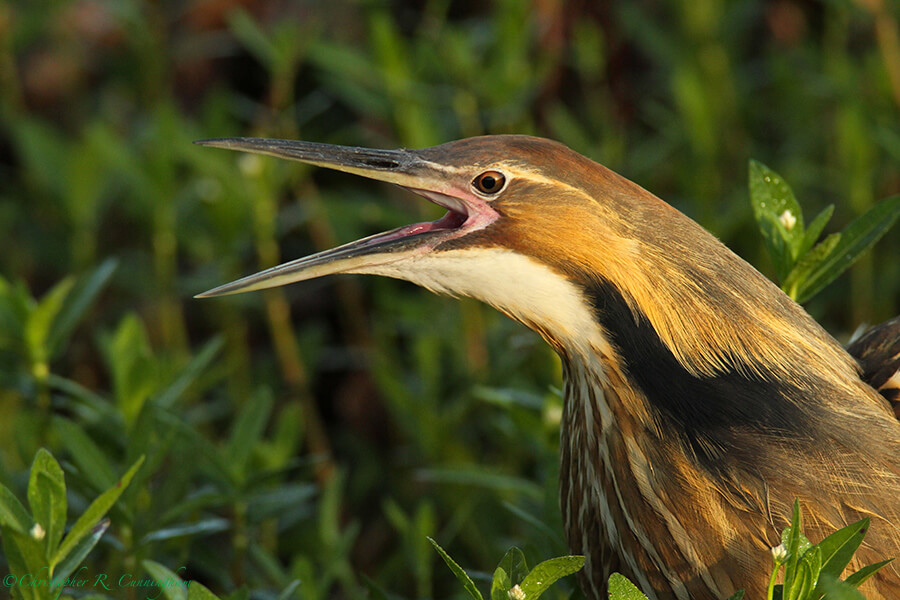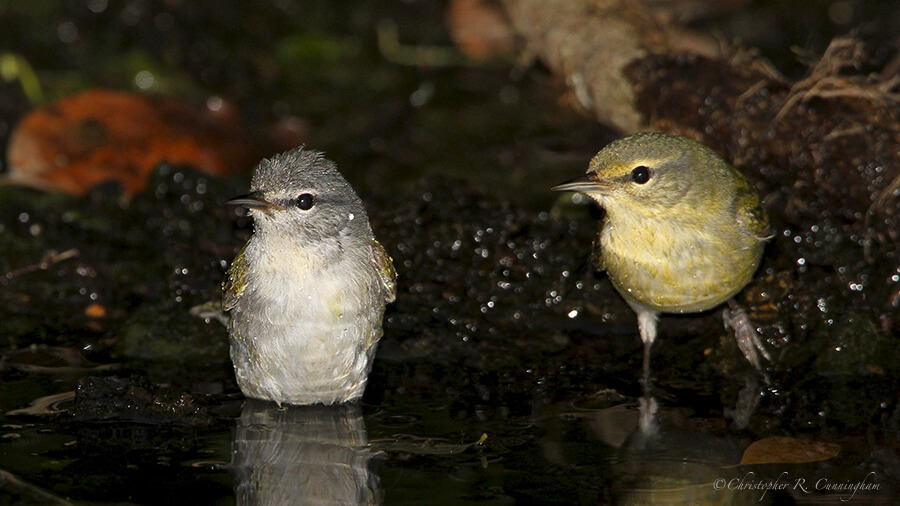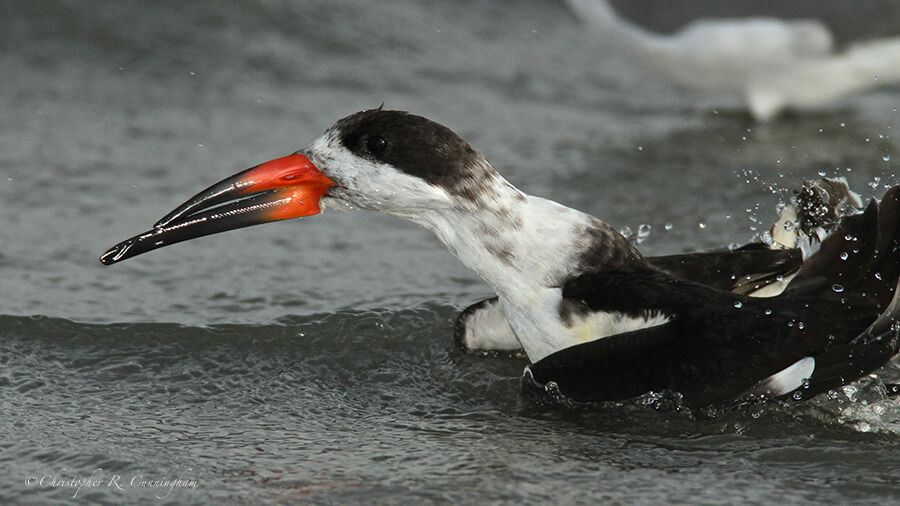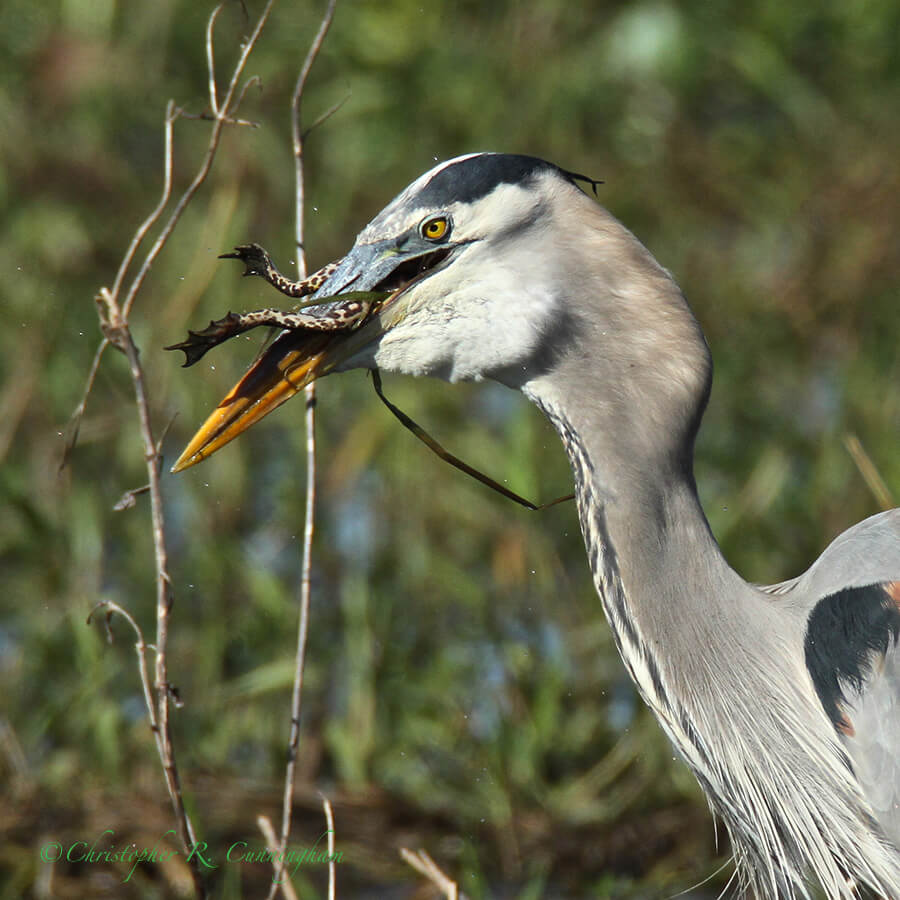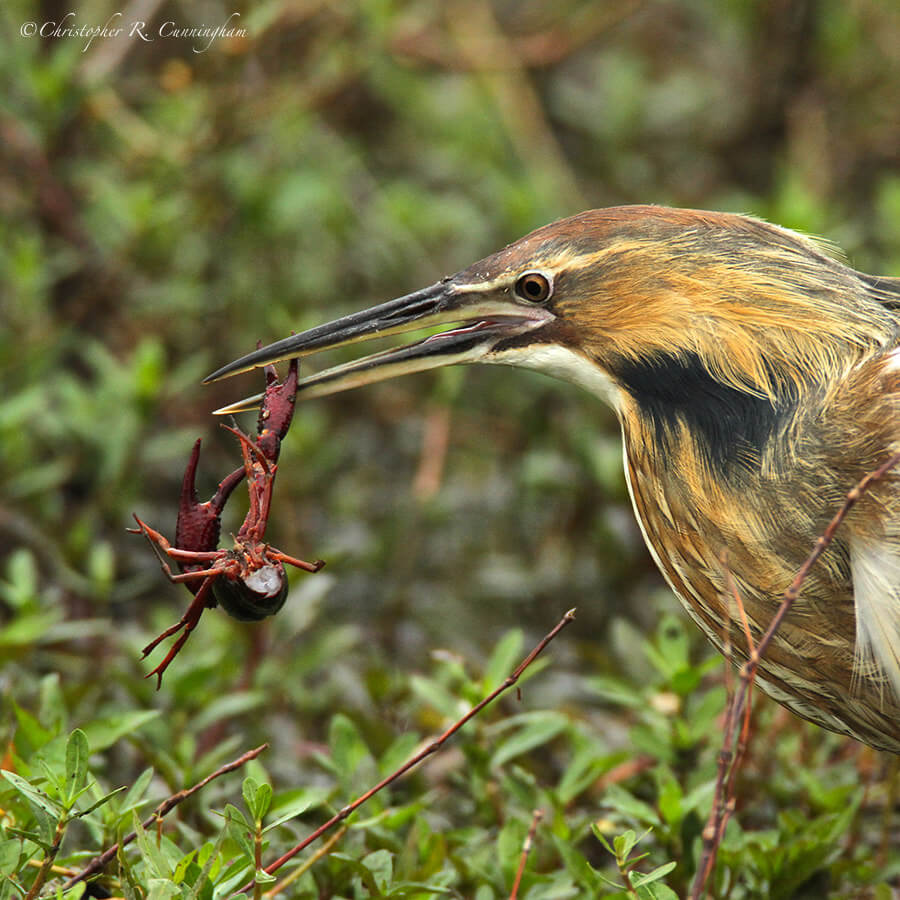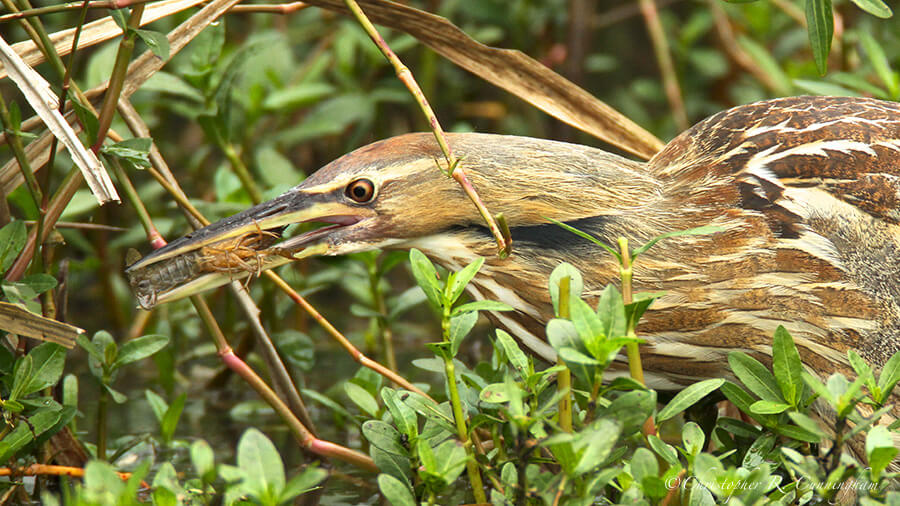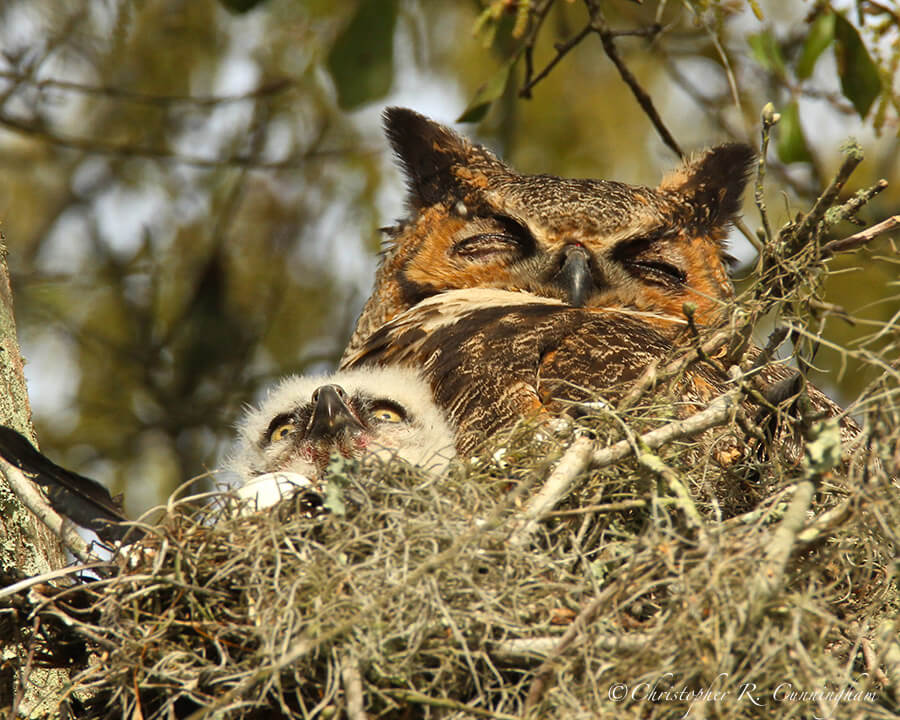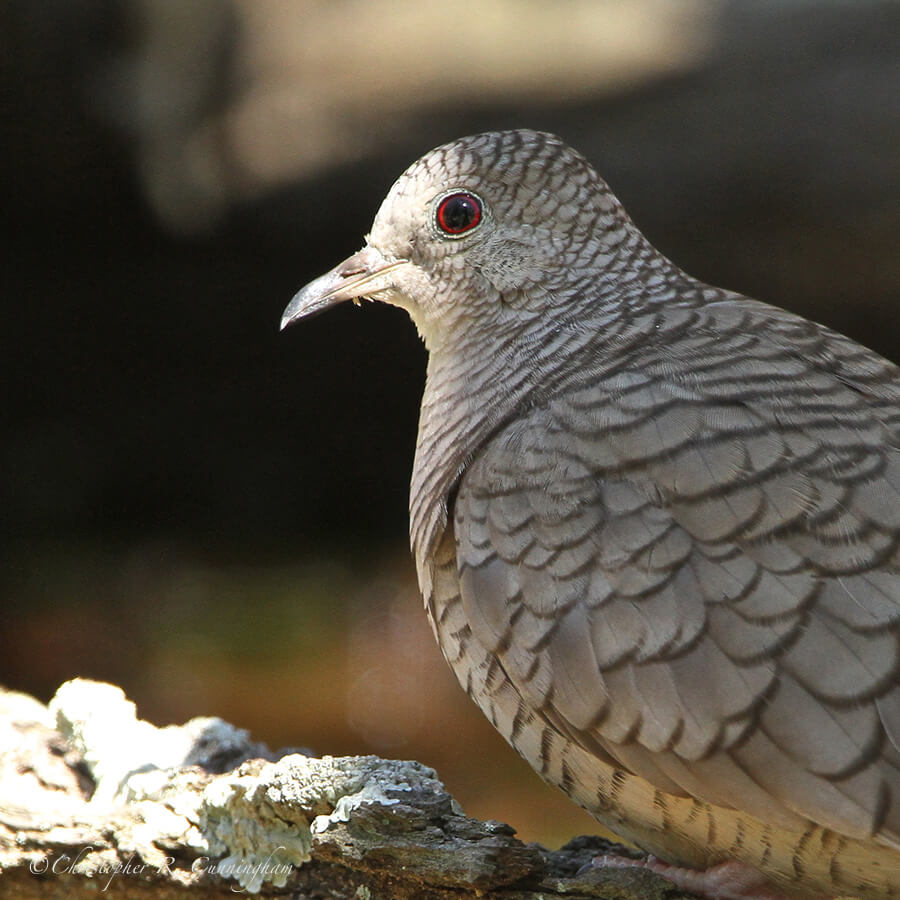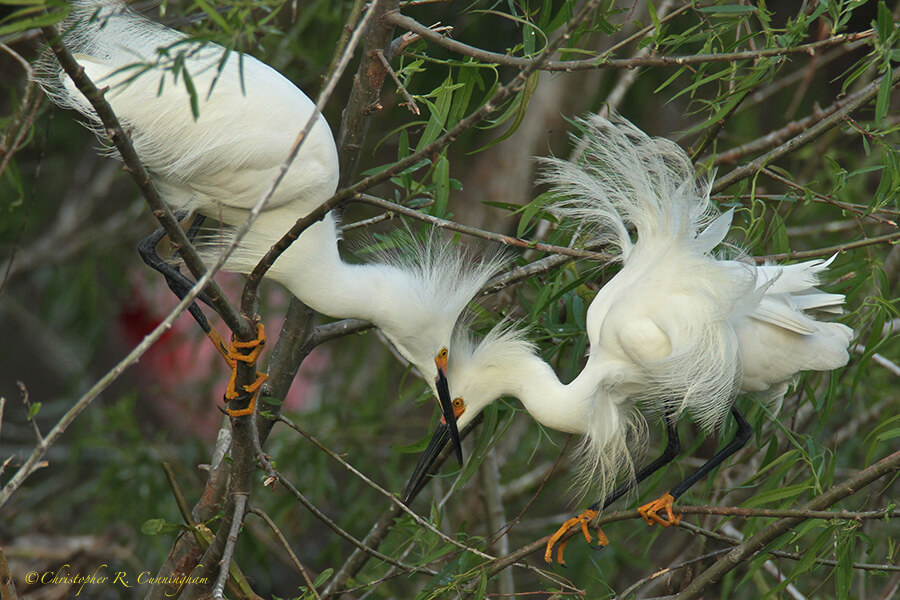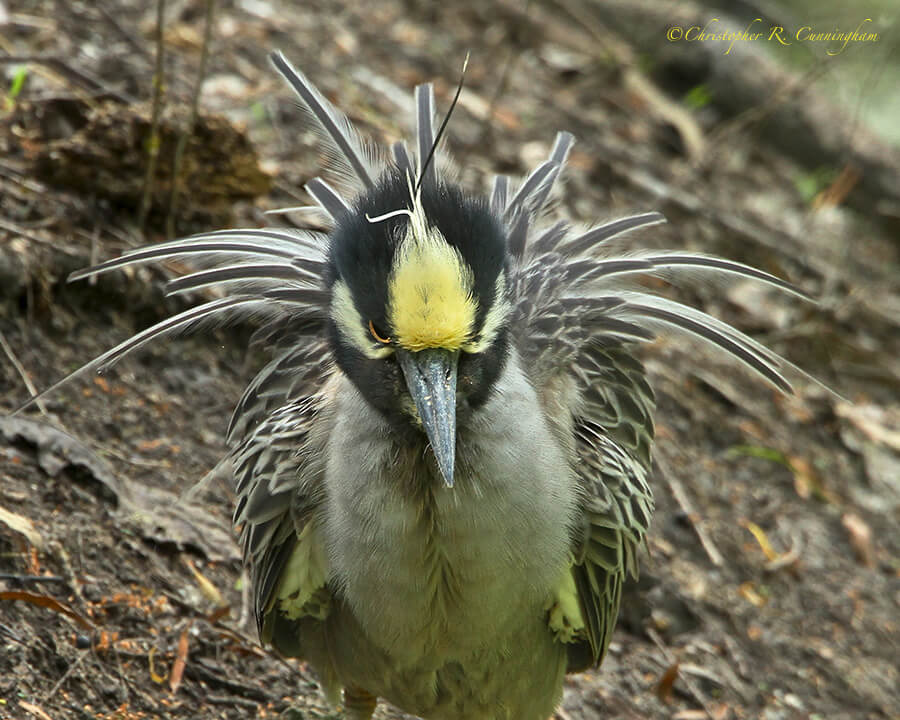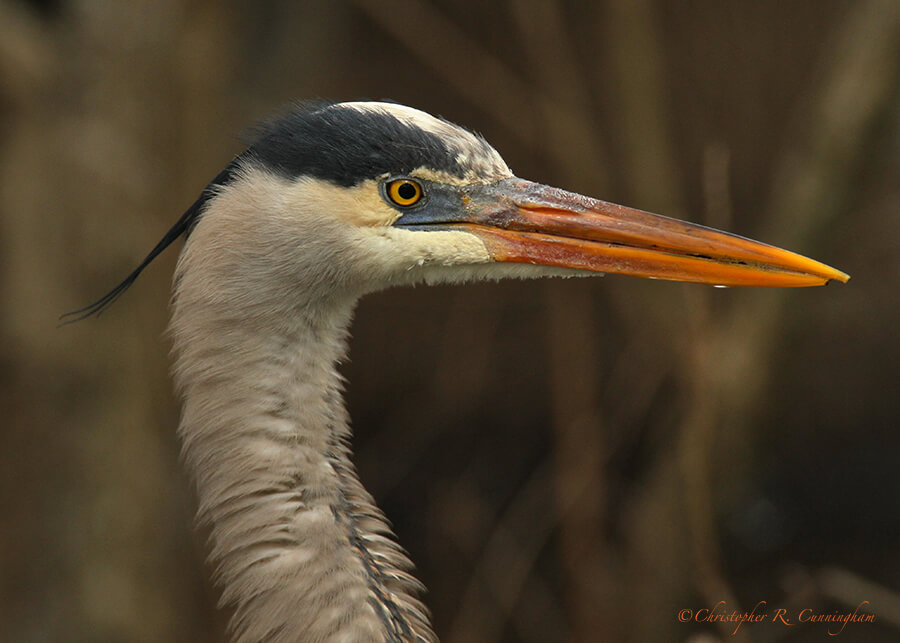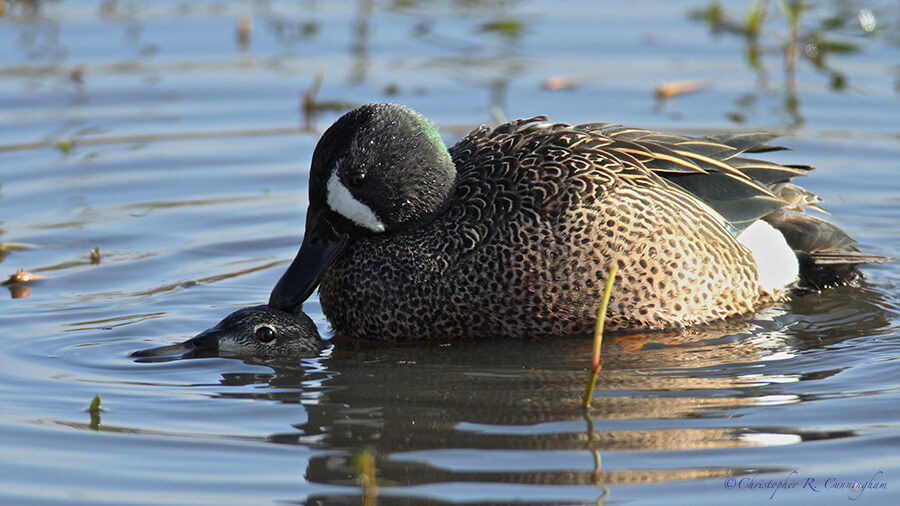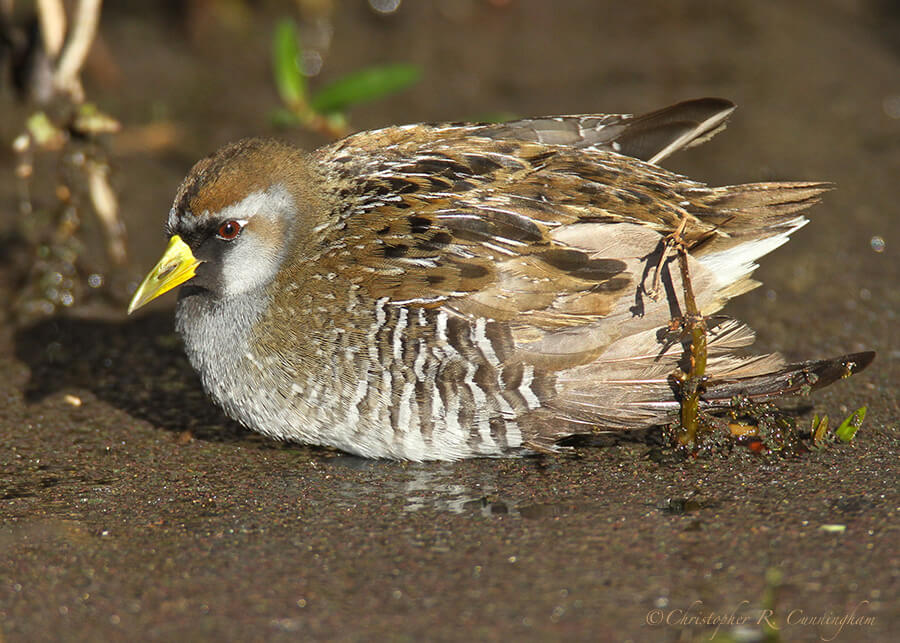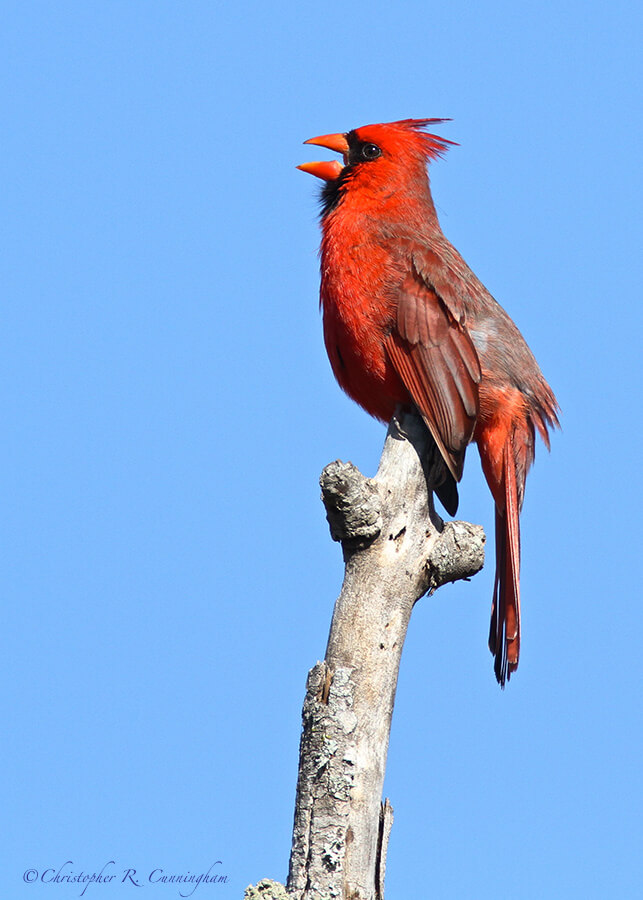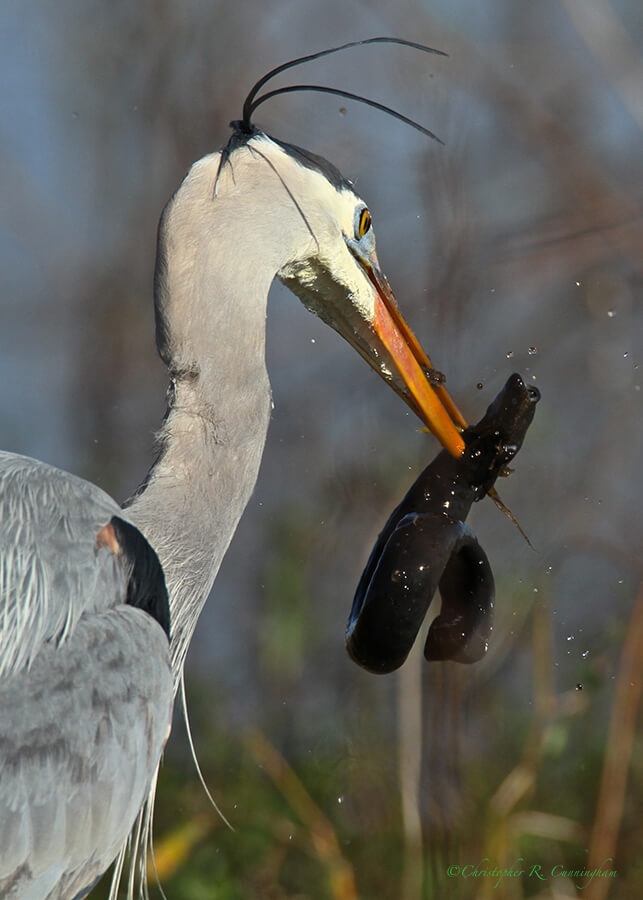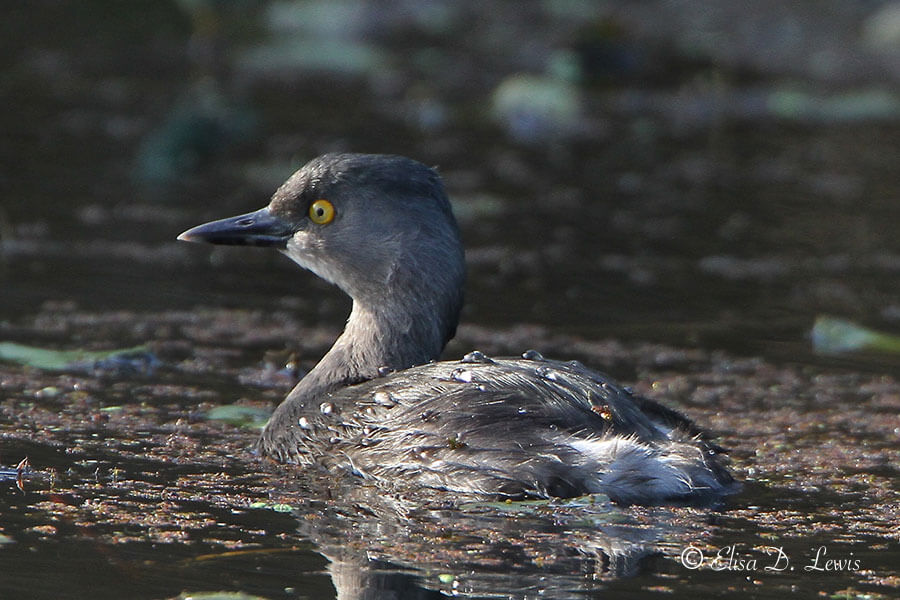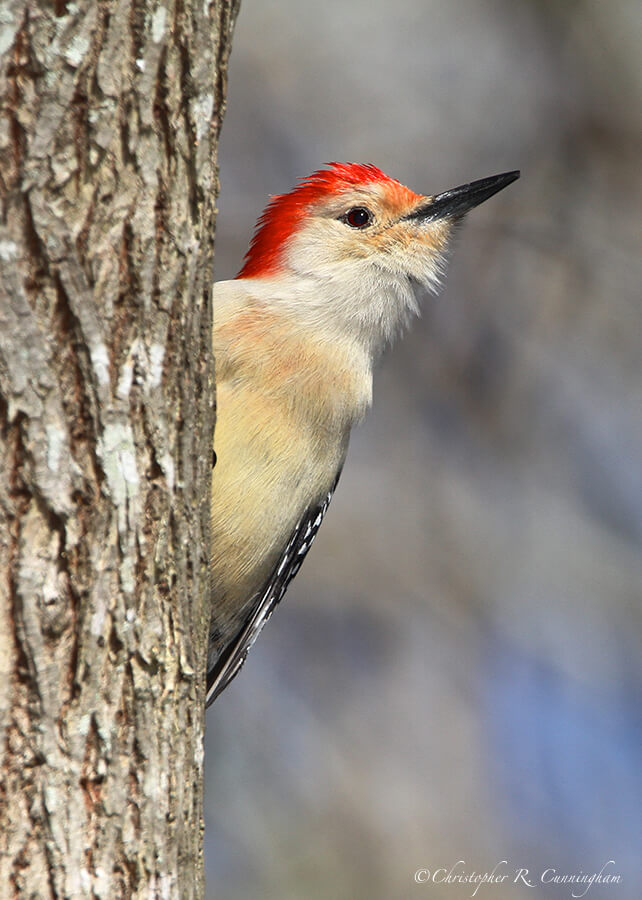
East Beach, Galveston Island, Texas is one of my favorite birding spots—especially in cool weather. Flying birds will often follow the strand line predictably from the north allowing flight shots of gulls, pelicans, skimmers, plovers, sandpipers, terns, and others. At low tide, exceptional, text-book sedimentary structures are visible over wide areas. But of all the natural wonders observable at East Beach, terns are my favorites. Caspian, Royal, Sandwich, and Forster’s are especially common, but careful searches of U’s will occasionally turn up Least, Common, or Gull-billed Terns. I continue to hold out hope for rarer species.
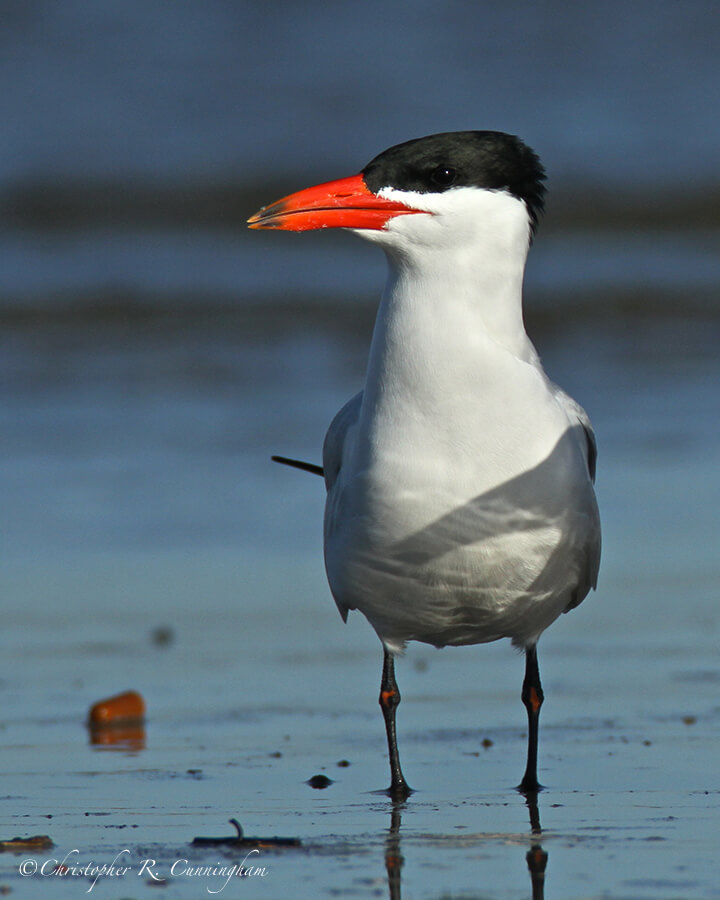
Another alluring aspect of East Beach is the fact that you often have the entire area to yourself, especially in cold weather. After a blue norther, there may be no one else at all around. This being said, rare encounters with yahoos can occur at East Beach, as they can anywhere. They are just much less probable here than at places like Brazos Bend or Lafitte’s Cove, even during nice, warm weather.
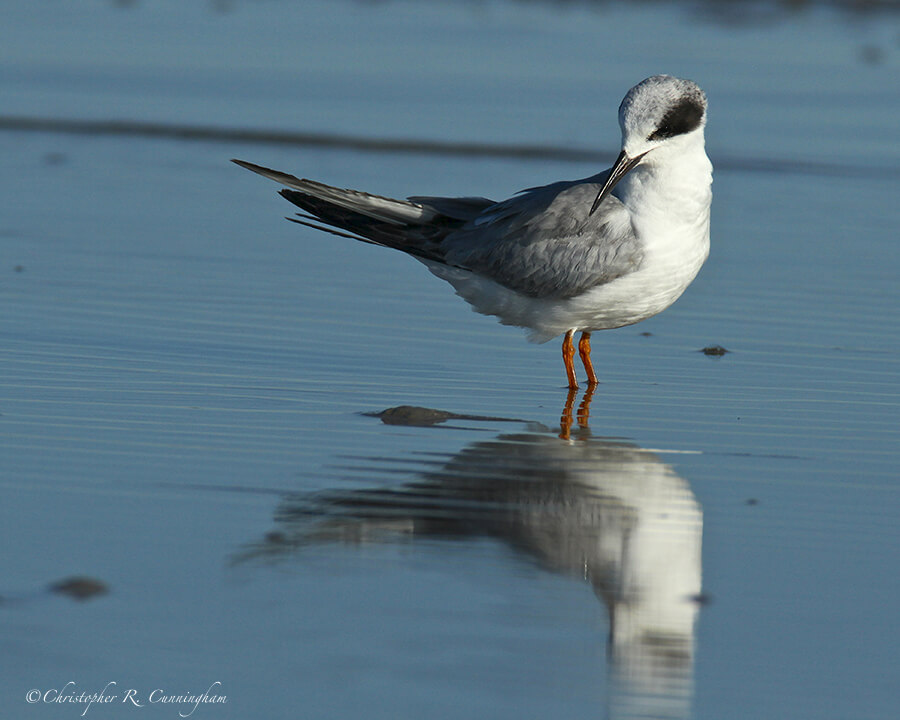
Terns have a wide variety of interesting behaviors to observe and (at least attempt) to document photographically. These include spectacular dives for fish, courtship-feeding (the male bribes the female with a small fish, a “nuptial gift,” prior to copulation), and elegant dances and promenades involving mated pairs, as below in the case of Sandwich Terns. Sandwich Terns minuet with shaggy crown feathers and necks erect, pointing beaks skyward or nodding occasionally, wing-tips directed parallel to the ground or slightly upward. And, because terns are doting parents, it’s worth watching for adults feeding “chicks” as large as themselves well after the nesting season.
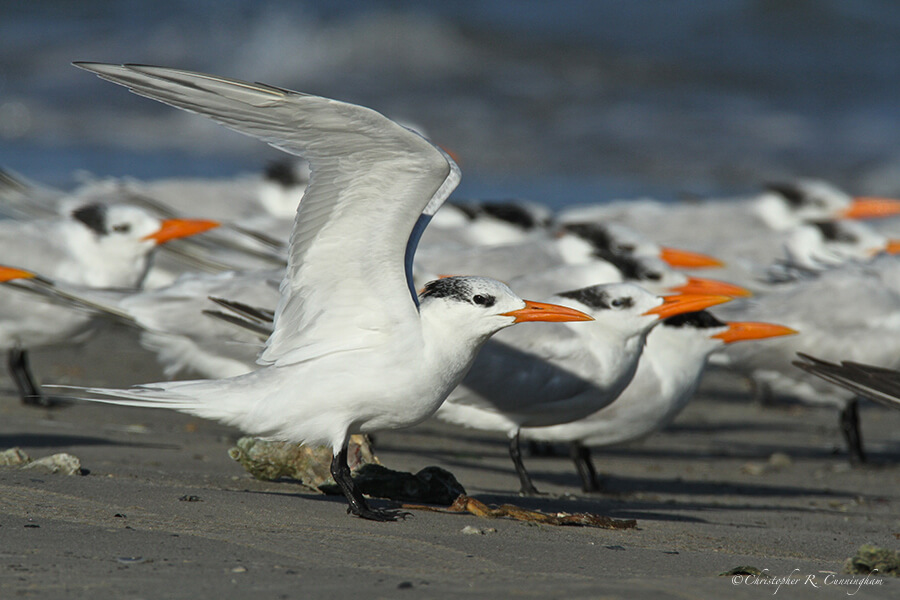
Every time I review my images from East Beach, I get excited about the prospect of returning. Now especially, during the Season of the Runny Nose, the prospect of fresh sea air mercifully free of pollen is indeed attractive.

There is pleasure in the pathless woods, there is rapture in the lonely shore, there is society where none intrudes, by the deep sea, and music in its roar; I love not Man the less, but Nature more.—Lord Byron
©2015 Christopher R. Cunningham. All rights reserved. No text or images may be duplicated or distributed without permission.
